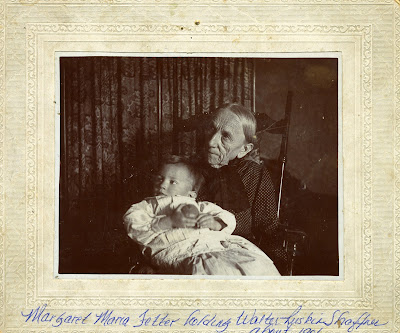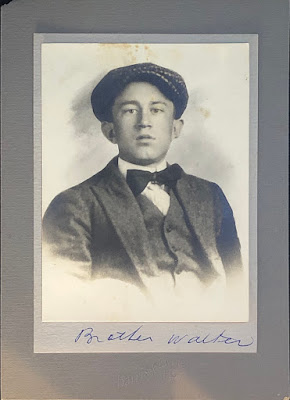#35 At work—Agriculture work is genetic! 52 Ancestors in a Year
Agriculture and farming is genetic in the Gabel family.
At Work in the Gabel family has always been centered around agriculture, primarily farming.
The first generation of farmers that we know of would be Philip Gabel (Gobel), who immigrated from the Volga region of Russia in 1907. Since he was a farmer (occupation listed in census records), it is presumed he was involved in farming in Russia. Although no records exist of his occupation in Russia, we know from other sources that farming in Russia was primarily self subsistence farming. And any product grown was taken by the Russian government & whatever was left over was used by the family.
Immigrating to the United States and being employed or having your “own” without government interference was a huge incentive to emigrate from Russia.
Philip was in Nebraska first, then the Huntley Project area of Yellowstone County, Montana and finally located in the Richland County, Montana area. I believe he owned land but need to research for those records.
The second generation to farm in the United States was Henry Gabel, who came with his parents in 1907 at the age of 6. Marrying in 1920, he soon began a life in agriculture. While Henry never owned land, he worked or rented land to farm. With 13 children to provide for, much of what he raised was consumed. The family had the normal chickens, pigs, dairy cow and cattle and sheep. The major crop raised was sugar beets.
Henry Gabel with a truck load of sugar beets, loaded by hand with a beet fork!
That was lots of work!
The third generation of Gabel farmers was Roy. He began farming in 1946 after marrying. He farmed in Hardin area for a year, before renting a farm in Huntley. It was several years before he owned land.
Roy Gabel in 1972
Last year for the one-row digger.
Truck could be loaded from the digger.
Owning land that you have saved and worked for is huge. You remember all the sacrifices that you & your family made, so you could have your own land, is a huge accomplishment. One not taken lightly! Owning land to farm guarantees you a job and your destiny. A farmer works hard to keep it!
It is hard for those not involved in production agriculture to understand the draw to the occupation of farming. Perhaps it is all a farmer knows, perhaps it is became they are their own boss, perhaps it was what they enjoy doing or perhaps the challenge of production is the draw to remain in agriculture. Planting a crop and watching it grow it something that is definitely in the blood, but receiving the satisfaction of what you did to achieve that record crop is huge. The daily challenge of obstacles simply becomes a challenge accepted. There are never any 2 days alike!
The 4th generation of Gabel farmers is my husband, Leroy. The task of learning to farm began at an early age with setting irrigation water, or watering cattle. The type of farming done in 4 generations is the same, mainly sugar beets. Ground is prepared the same way, seeds are planted, crop is irrigated and harvested. But in 112 years, since great grandfather Gabel began his work in the dirt of America, a lot has changed. From the type of seeds, technology to protect the crop from insects, technology to control weeds to the type of machinery needed to raise a crop have all been improvements to agriculture. But there is more to the work of farming than just planting the seed. In 112 years, farmers have had to learn to market the crops grown, as well as continual education in the production of animals and crops.
6 Row Beet Digger
Bigger tractor
But still lots of work, just not as physical
Leroy Gabel with a sugar beet
Leroy At Work
Production agriculture work




















